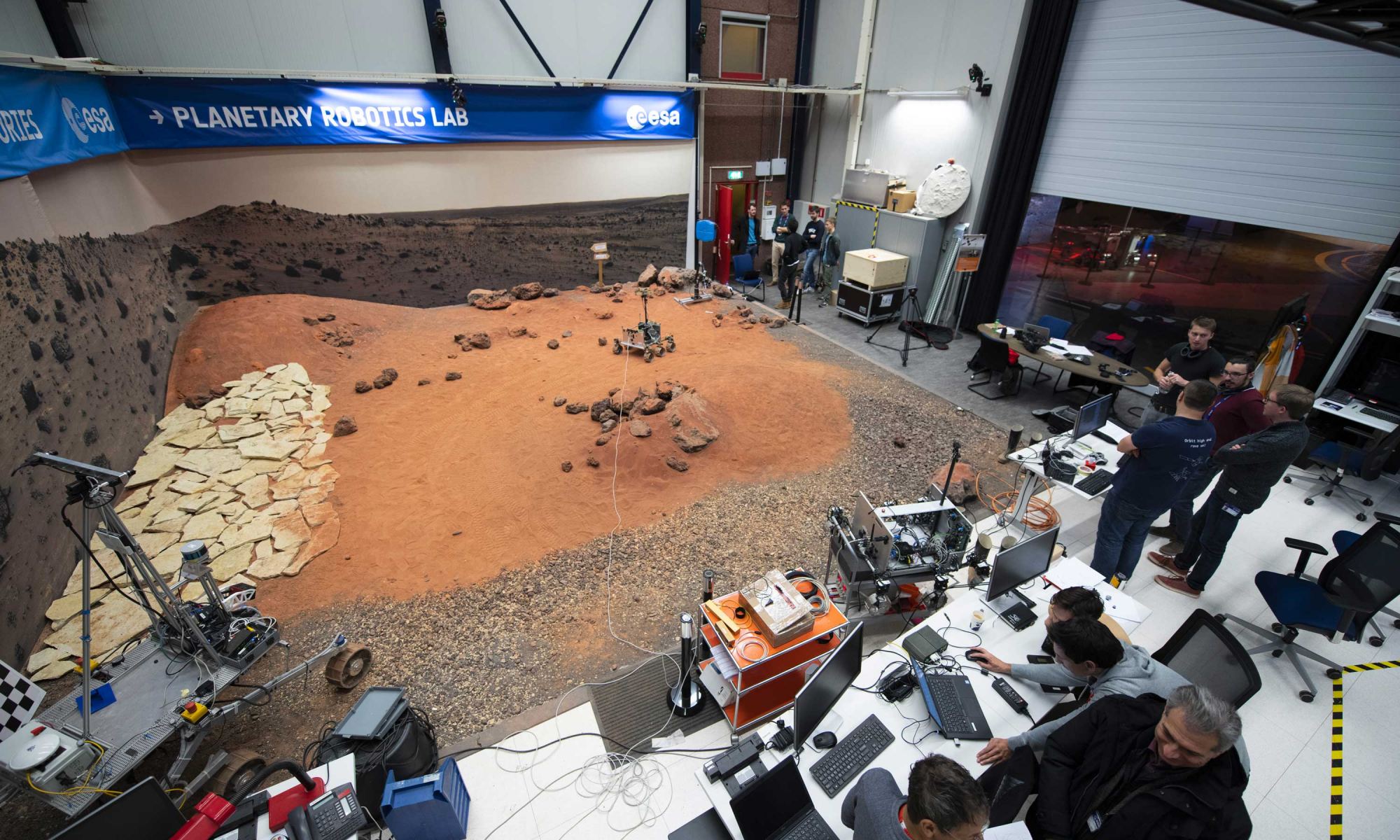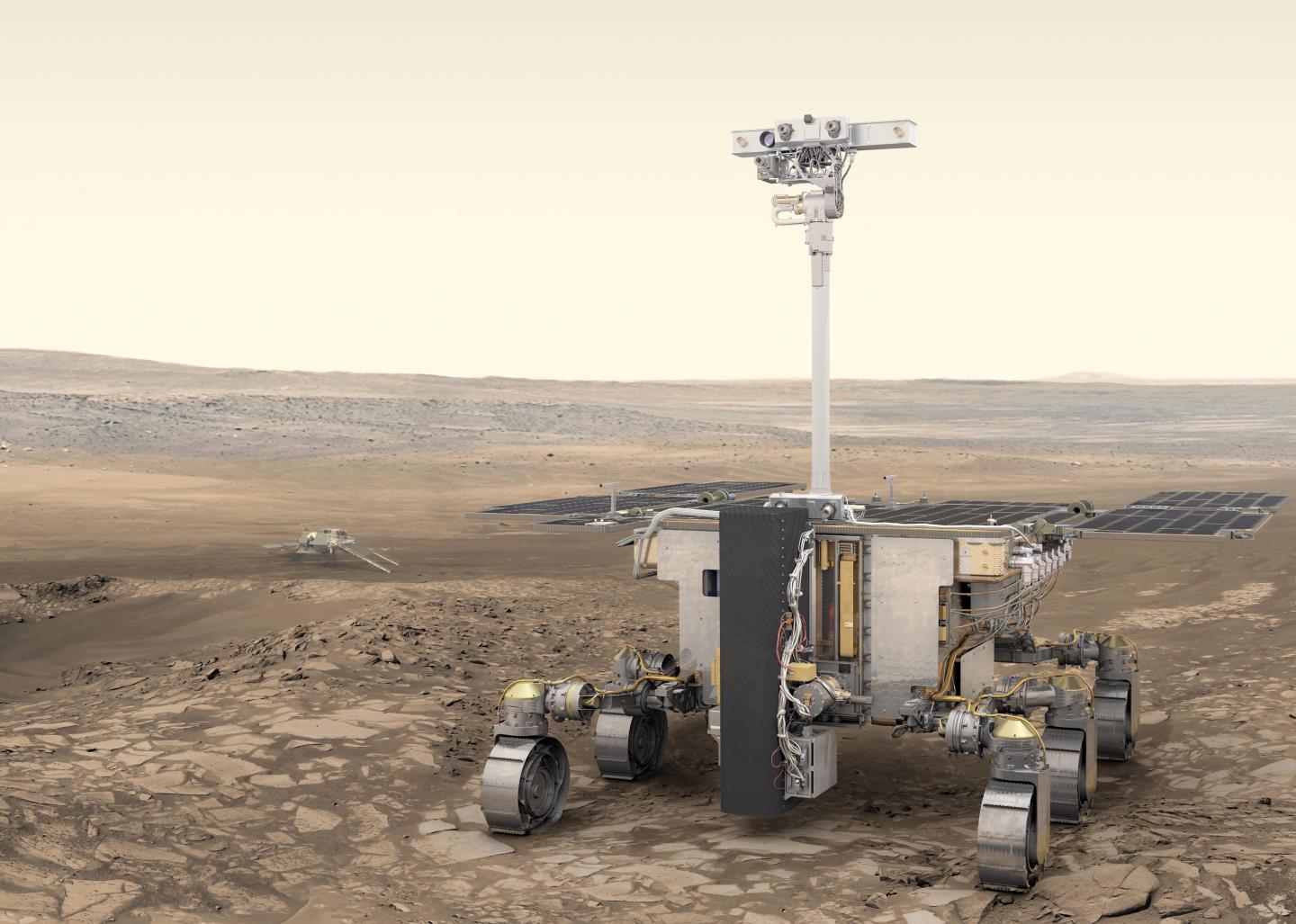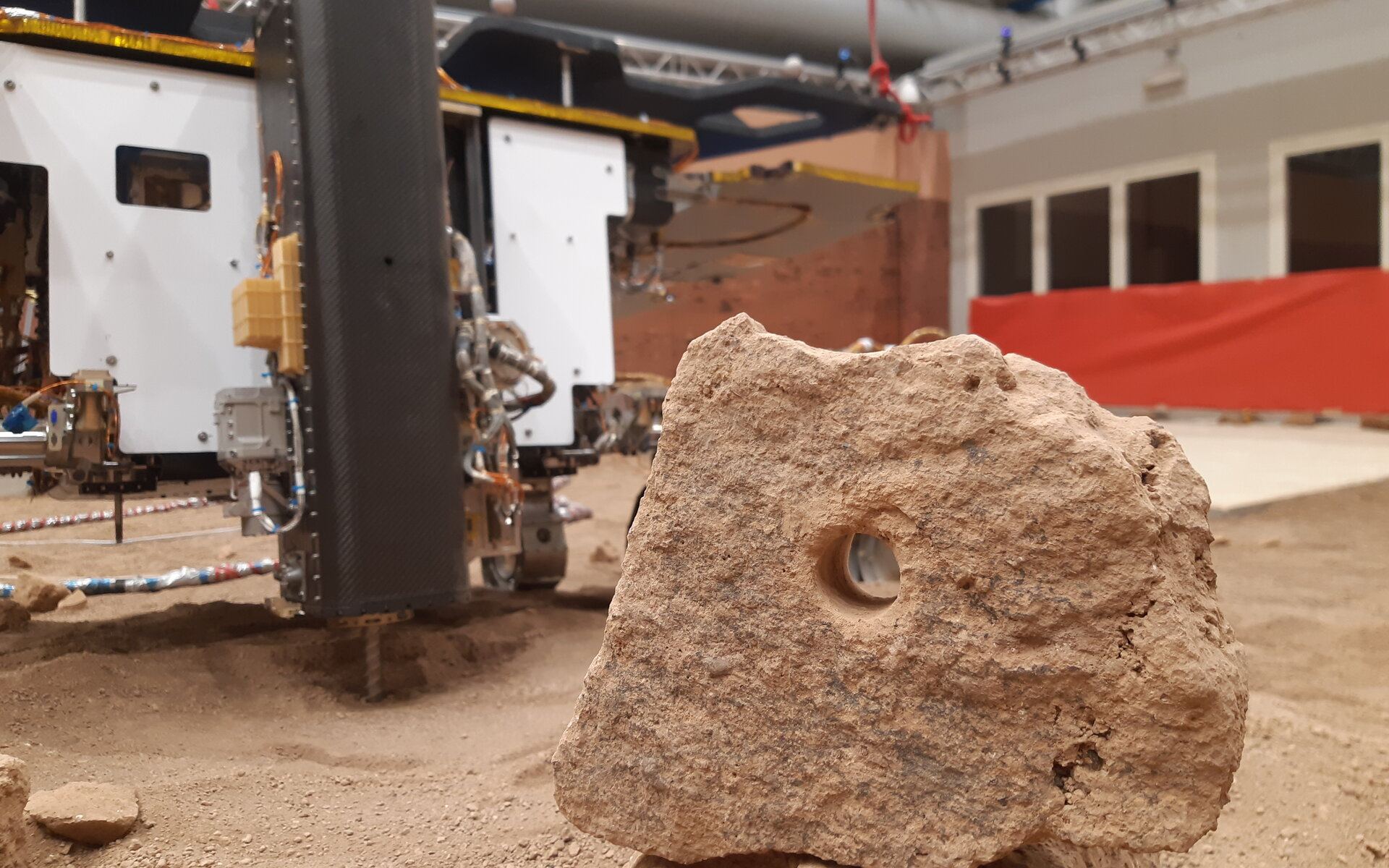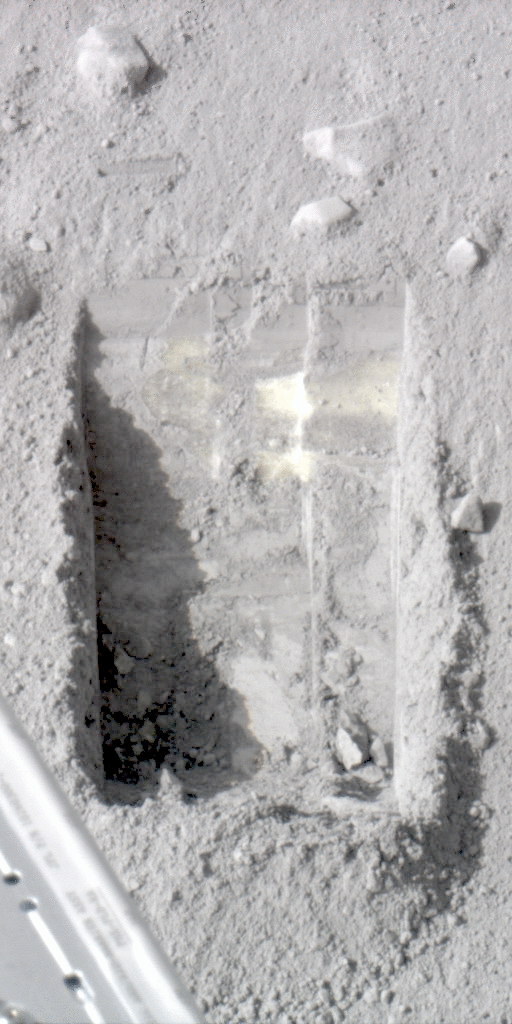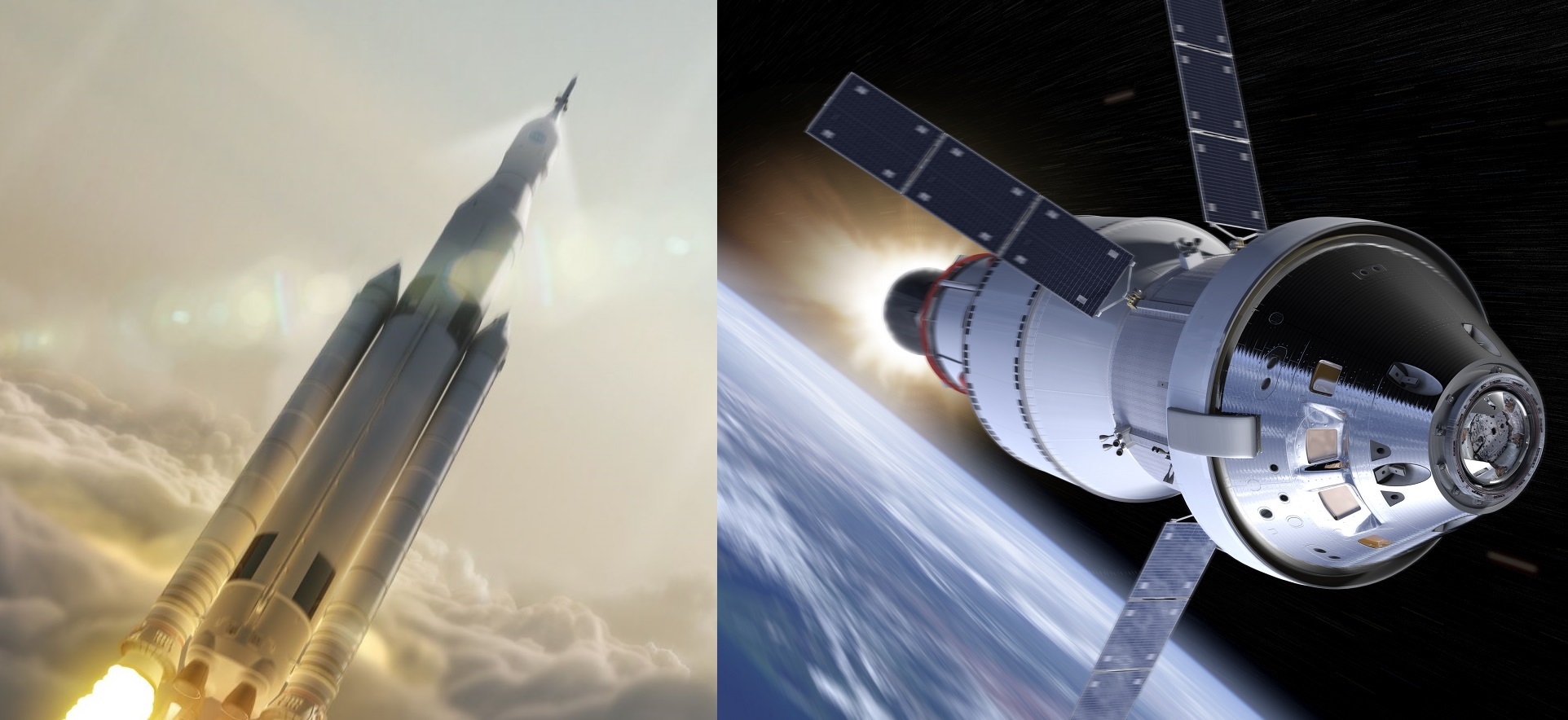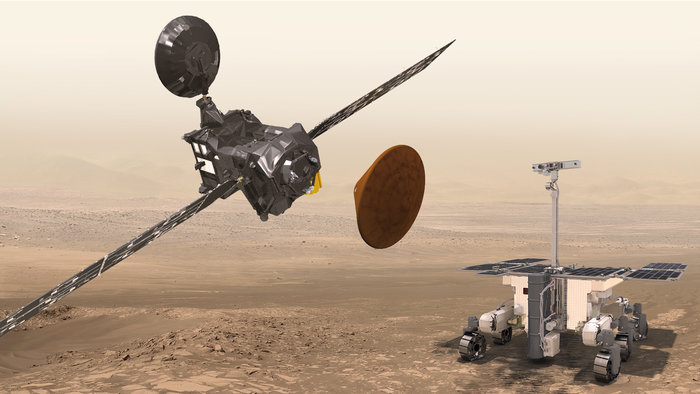When it arrives on Mars, the ESA’s Rosalind Franklin rover will join a growing fleet of robotic rovers, landers, and orbiters dedicated to searching for life on Mars. As part of the Exomars program, this mission was a collaborative effort between the ESA and the Russian State Space Corporation (Roscosmos). Whereas the ESA would provide the rover, Roscosmos was to provide the launch services and the Kazachok lander that would deliver Rosalind Franklin to the surface.
After many years of development, testing, and some delays, the Rosalind Franklin rover passed its System Qualification and Flight Acceptance Review in March. The Review Board confirmed that the rover was ready to be shipped to the launch site at Baikonur Cosmodrome and would make the launch window opening on September 20th, 2022. Unfortunately, due to the suspension of cooperation with Roscosmos, the ESA’s rover finds itself stranded on Earth for the time being.
Continue reading “The ExoMars Rover is Ready, now it Just Needs a new Ride to Mars”

